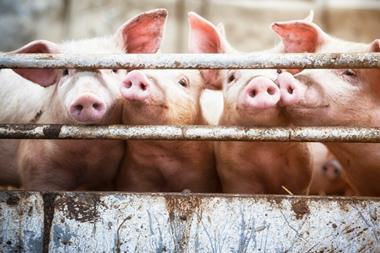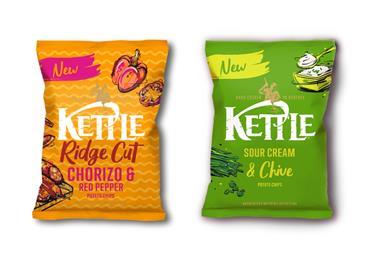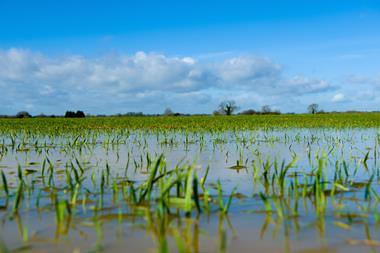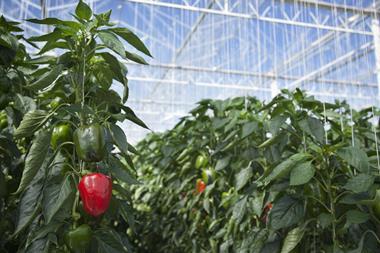
Del Monte has launched its first certified carbon neutral pineapple.
The Del Monte Zero pineapple is carbon neutral across its entire supply chain, from farm to table, in its North American and select European markets.
The new line comes in addition to the Del Monte Gold, HoneyGlow and Del Monte ‘The Original’ pineapple varieties, grown in Costa Rica.
The limited-availability pineapple will be on shelves from early 2023.
“We hope that the Del Monte Zero pineapples not only generate awareness among our customers, current and future partners but also provide consumers with a unique opportunity to support climate-conscious produce,” said Hans Sauter, chief sustainability office, senior vice president for R&D and agricultural services at the fruit giant.
Third-party environmental and sustainability verification group SCS Global Services determined that the Del Monte Zero pineapples’ greenhouse gas emissions have been negated by the reabsorption of Fresh Del Monte-owned forests, making those pineapples’ carbon footprint net zero.
“Fresh Del Monte Zero pineapples set an important new benchmark for the global fresh produce industry,” said Stan Rhodes, president and CEO, SCS Global Services.
“They have not only demonstrated adherence to extremely rigorous principles of social responsibility, environmental, and governance performance but have also focused on increasing carbon storage on the lands they own and manage, while simultaneously minimizing their GHG emissions, to achieve carbon neutral certification.”
Fresh Del Monte Produce owns 8,000 hectares of forest containing five million trees and it has a long-standing program of curated farms incorporating conservation and reforestation areas to sequester CO2 in situ.
A group of trained employees track and measure biannually to ensure the amount of certified carbon-netural pineapple boxes equates to the carbon dioxide sequestered through conservation activities.
The company also invested in upgrading its transportation fleet to reduce its greenhouse gas emissions.















No comments yet